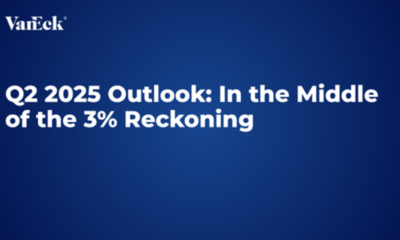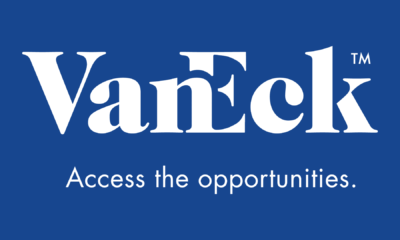A Tale of Two Oil Camps by Shawn Reynolds, Portfolio ManagerHard Assets Investment Team
After attending a prominent industry conference and meeting with the management teams of a number of oil exploration and production (E&P) companies, Shawn Reynolds shares his observations on the general sentiment of market participants in the report A Tale of Two Oil Camps.
Early this year, I attended the Goldman Sachs Global Energy Conference in Miami, Florida. A great deal can happen in just a few weeks, but it still may be worth briefly giving some thoughts both on the conference and subsequent visits with a number of the leading E&P companies in Texas.
The Goldman conference is usually very well attended by nearly all constituents and can often provide a good barometer of trends, and perhaps most importantly, sentiment. Generally, in our view, there were two discrete camps among the attendees: the “haves” and the “have nots”.
At the conference, the haves were those who have been involved in the energy/natural resources space – whether short or long term – and have been burned. The have nots were those who have not been involved, and have not yet determined whether this is the right time, or not, to invest.
Among the haves, the sentiment was overwhelmingly negative, indeed more negative then I have ever seen in my over 30 years following the industry. These haves numbered not only investors, but also senior industry executives and investment bankers. On the other hand, the have nots, those who have not been invested or involved in the industry, are clearly very interested to know, and are doing their work to determine, whether now is the time to invest.
At the end of the day, however, both camps are, essentially, asking the same big questions: When does the cycle turn? And what is different this time?
The short and quick answer, and this was very clear from the meetings with the E&P companies throughout Texas the week following the conference, is that, at current prices, this industry, on a global basis, just does not work. It is not survivable. At these prices, it’s likely that almost every barrel of oil being produced in the world outside the Organization of the Petroleum Exporting Countries (OPEC) is generating negative returns and many are cash negative. If we stay at these prices even for a couple more weeks, we are going to see a screeching halt to activity. And that, in and of itself, will start to help solve the current oversupply situation.
It was obvious from my discussions with them that the E&P companies, too, are split into two camps. Also haves and have nots, but of a different hue this time: the haves who have it to survive, the have nots who don’t, and may not. Unfortunately, there is a very small camp of haves, and a very large camp of have nots.
The haves are characterized by having acreage/assets in the best areas or the “core of the core”, being able to drill economically at these prices, and, more importantly, having had the very good foresight to fix their balance sheets, either by issuing equity, or restraining capital expenditure, or cutting back on operating expenses. Or, indeed, all three of these.
These are the companies that are expected to be able to survive and, maybe, even thrive through this period. The rest of the industry is going to continue to struggle and many are facing survivability. This will come to a head in the spring when we will see a lot of the banks start to go through a re-determination of the revolving lines they have out to certain oil companies.
People have been asking whether, on the mergers & acquistions (M&A) front, we’re now going to see the large integrated companies come swooping in and picking up all these smaller players. Very unlikely in our view. It is an exceptionally important issue to a major that any deal it does is accretive either to earnings or to cash flow, and most critically, not dilutive to dividends. With an E&P company trading at 24x earnings before interest, taxes, depreciation and amortization (EBITDA) and 100x earnings, or even having negative earnings, with many having capital investment requirements exceeding cash flow, any such deal is not going to be accretive and may diminish the ability to maintain and grow dividends. While not unheard of, it is uncommon for the integrated majors to acquire an independent E&P company. Nevertheless, given the extremely weak reserve replacement record of most of the integrated majors (most less than 100%), potential targets for such a deal could be some of the U.S. unconventional shale oil players that have significant unbooked resource potential. However, this also highlights the degenerative state that many of the major oil producers of the world face, i.e. they are producing more oil than they are able to replace on an annual basis – a situation that ultimately puts them in the category of the have nots.
Please note that the information herein represents the opinion of VanEck and these opinions may change at any time and from time to time.
THIS MATERIAL MAY ONLY BE PROVIDED TO YOU BY VANECK AND IS FOR YOUR PERSONAL USE ONLY AND MUST NOT BE PASSED ON TO THIRD PARTIES WITHOUT THE PRIOR EXPRESS WRITTEN CONSENT OF VANECK. IF YOU HAVE NOT RECEIVED THIS MATERIAL FROM VANECK, YOU ARE HEREBY NOTIFIED THAT YOU HAVE RECEIVED IT FROM A NON-AUTHORIZED SOURCE THAT DID NOT ACT ON BEHALF OF VANECK AND THAT ANY REVIEW, USE, DISSEMINATION, DISCLOSURE, OR COPYING OF THIS MATERIAL IS STRICTLY PROHIBITED.
Information contained in this presentation is for information purposes only and should not be construed as an offer or solicitation for the purchase or sale of any financial instrument, product, or service sponsored by VanEck or its affiliates. This material does not constitute an offer to sell or solicitation to buy any security, including shares of any fund. An offer or solicitation will be made only through the fund’s official offering document and will be subject to the terms and conditions contained therein.
Hard assets investments are subject to risks associated with natural resources and commodities and events related to these industries. Commodity investments may be subject to the risks associated with its investments in commodity-linked derivatives, risks of investing in a wholly owned subsidiary, risk of tracking error, risks of aggressive investment techniques, leverage risk, derivatives risks, counterparty risks, non-diversification risk, credit risk, concentration risk and market risk.
Please note that the information herein represents the opinion of the author, and these opinions may change at any time and from time to time, and portfolio managers of other investment strategies may take an opposite opinion than those stated herein. Not intended to be a forecast of future events, a guarantee of future results, or investment advice. Current market conditions may not continue.
The information herein reflects prevailing market conditions and our judgments as of the date of this document, which are subject to change. In preparing this document, we have relied upon and assumed, without independent verification, the accuracy and completeness of all information available from public sources. Opinions and estimates may be changed without notice and involve a number of assumptions that may not prove valid. There is no guarantee that any forecasts or opinions in this material will be realized. Past performance is not a guarantee or a reliable indicator of future results. All investments contain risk and may lose value. This information should not be construed as investment advice. This information should not be construed as sales or marketing material or an offer or solicitation for the purchase or sale of any financial instrument, product, or service sponsored by Van Eck Associates Corporation or its affiliates.
© VanEck. All rights reserved.
Van Eck Securities Corporation, Distributor, 666 Third Avenue, New York, NY 10017, vaneck.com, 800.826.2333.

 Nyheter4 veckor sedan
Nyheter4 veckor sedan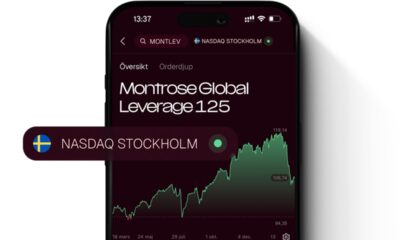
 Nyheter3 veckor sedan
Nyheter3 veckor sedan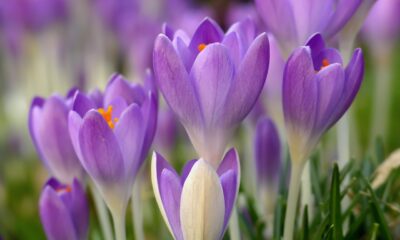
 Nyheter4 veckor sedan
Nyheter4 veckor sedan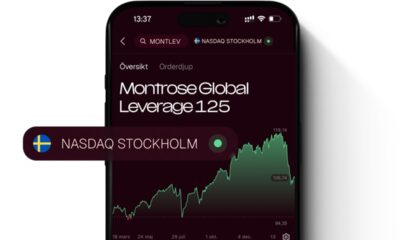
 Nyheter3 veckor sedan
Nyheter3 veckor sedan
 Nyheter3 veckor sedan
Nyheter3 veckor sedan
 Nyheter3 veckor sedan
Nyheter3 veckor sedan
 Nyheter3 veckor sedan
Nyheter3 veckor sedan
 Nyheter2 veckor sedan
Nyheter2 veckor sedan


